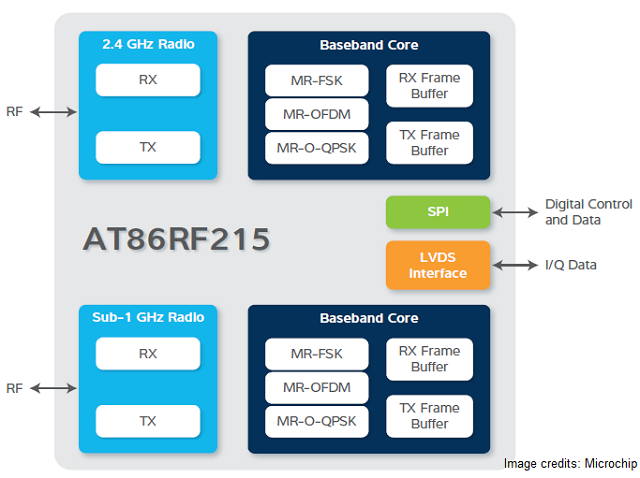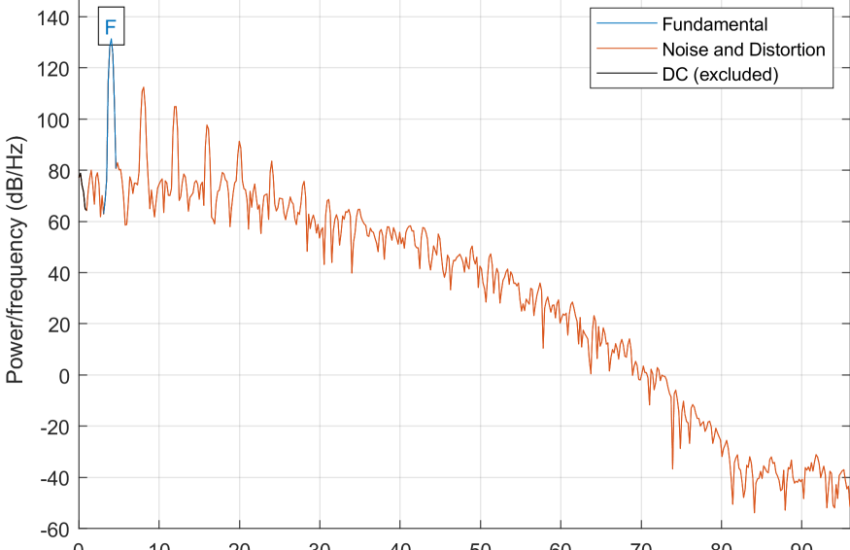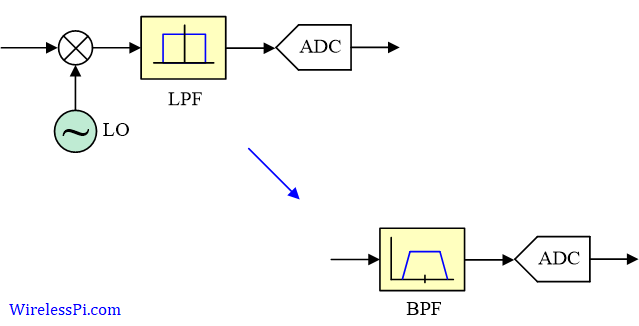It is a little unusual to describe a hardware radio on a website that focuses on software radios. But I was impressed with the functionality and performance of AT86RF215 transceivers by Microchip during my experiments. I have used them for node localization and they can be put to many other good uses, including, …. here is the surprise, …. as software defined radios. Through a little programming effort, I/Q samples from the digital frontend can be directly accessed using which you can run your own baseband on a digital signal processor. Although interfacing with an external device for I/Q samples
Continue reading

